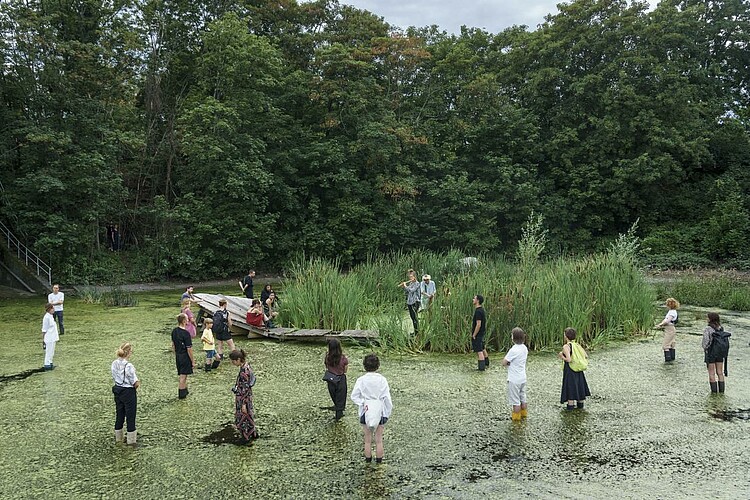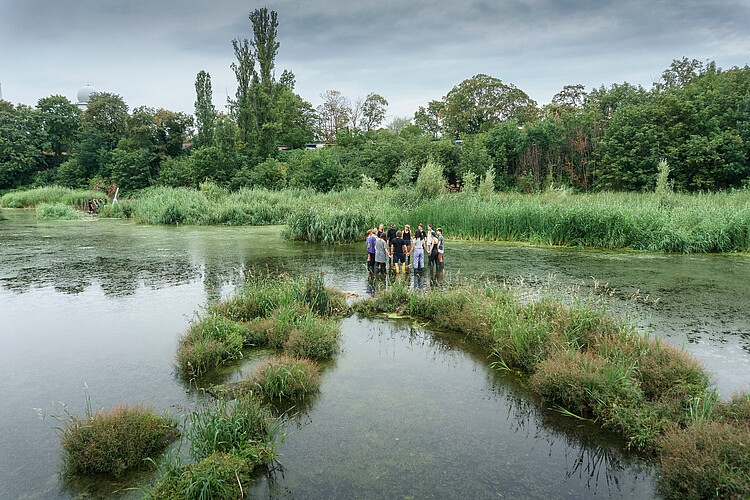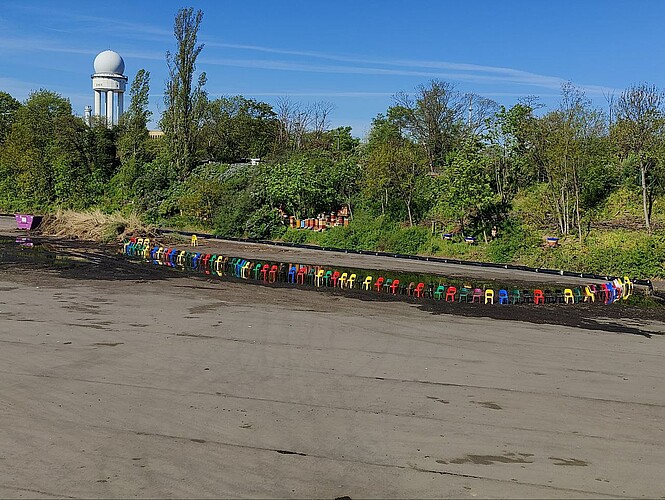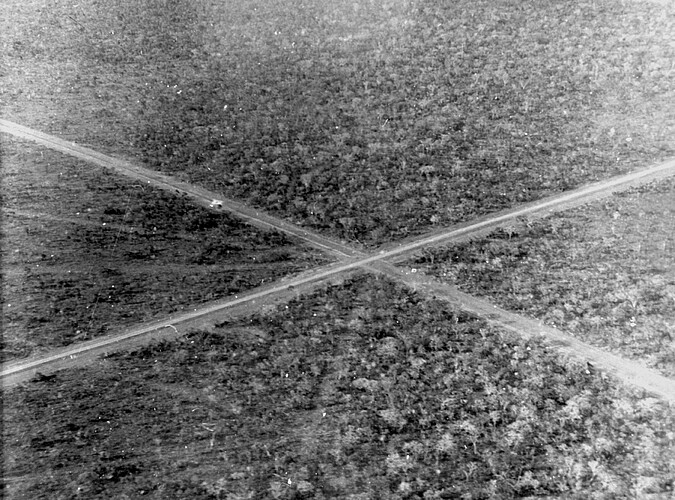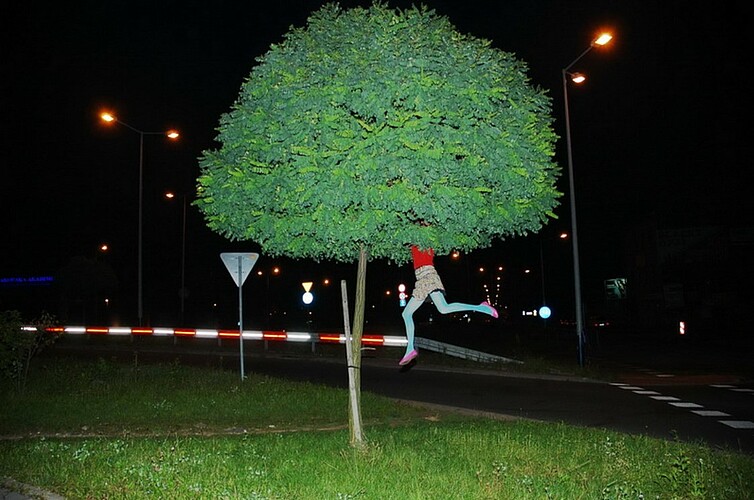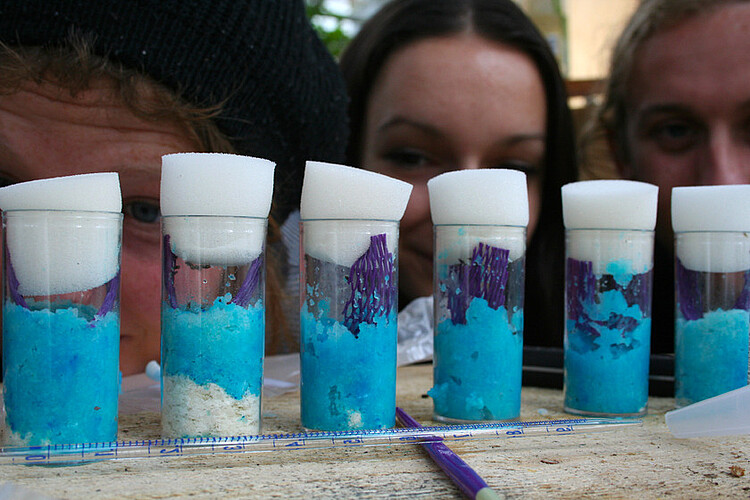studio raumproduktion 23/24: porous architecture - becoming soil
Porous Architecture - The Soil Edition / Becoming Soil
With the inaugural edition of “Designing for the More-Than-Human” at the Floating University last summer, we gained fresh insights on perceiving sites and their evolving dynamics – be it through the lens of dragonflies, compost, water, subversion, or performance. We intend to delve deeper into probing into non-human perspectives, focusing more intently on the nuances.
This semester, our emphasis is on soil. Soil is profoundly political and serves as a habitat. Yet, it remains elusive to us; our human senses cannot penetrate or truly fathom its depths. Remarkably, a mere handful of fertile soil contains more living organisms than the number of humans on Earth. So, how might we bridge this disconnect? Can architecture rooted in soil enhance our understanding of the interplay between humans and the non-human, between humans and their habitats?
We'll probe recent incidents in Berlin that question the legality of soil ownership, drawing attention to land grabbing. Who are the custodians of the soil? Who trades it? What values and interests does it cloak?
Our quest involves broadening our methods to learn about the ground, soil, and earth. Traditional paradigms of quantitative and qualitative research don't suffice anymore. Throughout the semester, we aim to harness the potential of artistic research as a pragmatic research paradigm. Consequently, we'll adopt varied techniques to engage with our site: the rainwater retention basin of the Floating University beside Tempelhofer Feld. This piece of infrastructure is a shared space between humans and more than humans. Water, Soil, Air as well as Amphibiae, polluting heavy metals and cleaning reeds and willow. The floating is a site, where the relations between these entangled urban actors and force fields are being examined and re-negotiated. Our architecture is aiming at taking an active part in these multi-faceted conversations. Floating as a site of architectural experimentation is facing a re-design in preparation of the next building permit in 2024. Our designs can co-inform this future.
As we research, we'll innovate new research categories collaboratively. Working in trios, students will investigate the (in)visible infrastructures that connect the multifaceted perspectives on the topic of soil and these back to us.
The semester is structured in three working sessions. (01) explorative work towards soil, (02) acts of translation (03) proposal. We engage in a common experiment to extend our perspectives beyond the human and discuss how this extended perspective can influence our way of practicing architecture.
You will be invited to act as ambassadors beyond the studio, forging connections with dynamics, flows, processes with experts, artists, and activists related to our field of interest in Berlin, then channeling that acquired knowledge back to our common sphere. In engaged learning practices we understand this as a way to learn about context. By nature this perspective will be human centered.
Integral to our course is the hosting of discursive dinners and other forms of hospitality to foster discussions.
The intersecting endeavors of three student groups—space group, documentation group, communication group—constitute a vital segment of this course, helping us observe and record our progress, akin to a soil lab.
Our meetings are scheduled every Tuesday for the whole day, 10 am to 6pm, either in Studio 401 or on-site at the Floating University, a departure from the cozy confines of a conventional indoor setting.
“Contemporary discussions of the future of soil sciences unveil tensions between 'progress as usual'—by amplifying productivity—and the imperative to respect the rhythm of soil regeneration. The intricate nexus of soil science with productionism is under scrutiny, as ecology pivots to perceive soil as a living ensemble rather than a mere bed for crops… Prioritizing 'care time' for soil unravels a spectrum of interconnected more-than-human timelines, challenging the human-centric allure of dominant technoscientific futures and their oversimplified concept of innovation.” (Maria Puig de la Bellacasa, 2015)
